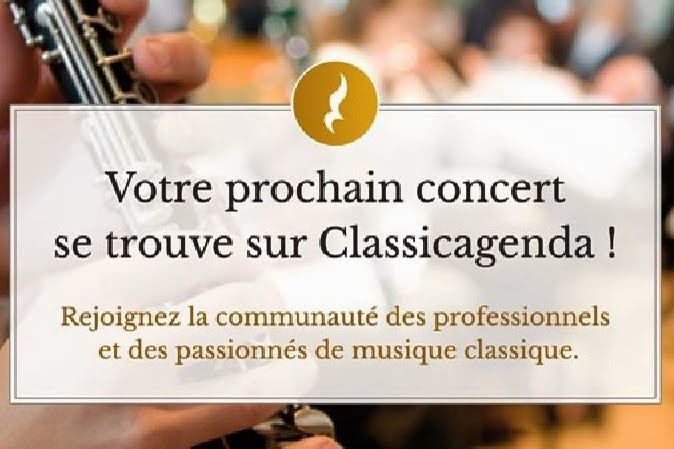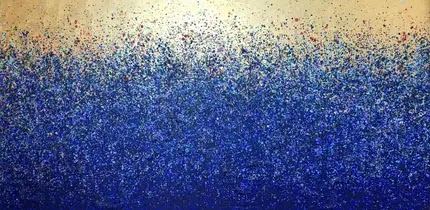Referring to my last post, with a map, I mentioned that there are four bridges made for pedestrians only. They are the Passerelle (foot-bridge) Debilly, Passage (or Passerelle?) Léopold-Sédar-Senghor, Pont (or Passerelle) des Arts and Passerelle Simone-de-Beauvoir. A few other bridges were built for more heavy traffic, but are today open only for walkers.
A few words about two of the pedestrian ones:
The Passerelle Debilly (which got its name from a general) was originally built as a temporary bridge for the Universal Exhibition 1900 – it was ready in 1898. It was slightly deplaced and became permanent in 1906. It got a new floor of exotic wood in 1997. It seems that the bridge was a notorious meeting place for eastern secret services during the Cold War.

 We are quite close to the Eiffel Tower, but I would especially recommend the bridge as a connection between the Palais de Tokyo, housing the Paris Museum of Modern Art– also a very nice place for all kinds of exhibitions - on the northern (right) bank and the new Quai Branly Museum for primitive art on the southern (left) bank, designed by Jean Nouvel. One particularity is the “living wall”.
We are quite close to the Eiffel Tower, but I would especially recommend the bridge as a connection between the Palais de Tokyo, housing the Paris Museum of Modern Art– also a very nice place for all kinds of exhibitions - on the northern (right) bank and the new Quai Branly Museum for primitive art on the southern (left) bank, designed by Jean Nouvel. One particularity is the “living wall”.
 On top of Palais de Tokyo you can until the end of the year find a one-room-hotel, Hotel Everland, with possibly one of the best views in Paris. There might be one or two nights free still before it’s removed; price range 333 – 444 € depending on the day of the week.
On top of Palais de Tokyo you can until the end of the year find a one-room-hotel, Hotel Everland, with possibly one of the best views in Paris. There might be one or two nights free still before it’s removed; price range 333 – 444 € depending on the day of the week.The Passerelle Léopold-Sédar-Senghor is recent – 1999. It replaced different older bridges (Pont de Solférino) and got its name even later (in 2006) from the former President of Senegal (and poet – the first African to sit in the French Academy) who died in 2001. It has only one single arch and the arch serves as a second level for pedestrians. It has also exotic wooden floors. The bridge has been constructed by the Eiffel Company, still existing. It’s a perfect way to reach the former railway station, now the Quai d’Orsay Museum (with its art from 1848 to 1915, including the impressionists) from the Tuileries Park – or vice versa.


 You can find these photos "in full" and as a slide show on Ipernity.
You can find these photos "in full" and as a slide show on Ipernity. 

 You can, if you wish, check the posts I have already made about the bridges
You can, if you wish, check the posts I have already made about the bridges  I will revert later about some other bridges, but this time I will just mention
I will revert later about some other bridges, but this time I will just mention 



 Number 7 is the entrance to the private street Cité des Fleurs, full of flowers during the season
Number 7 is the entrance to the private street Cité des Fleurs, full of flowers during the season  Number 9 and number 10 are the rail tracks connecting with Gare St. Lazare
Number 9 and number 10 are the rail tracks connecting with Gare St. Lazare  In most cases trees are bigger now then 100 years ago, but this is not the case on number 11. In the background on number 12, we can see a building which remains from the Farmers’ General wall
In most cases trees are bigger now then 100 years ago, but this is not the case on number 11. In the background on number 12, we can see a building which remains from the Farmers’ General wall  The front building on number 14 was a bath for women when the postcard was published ... not any more.
The front building on number 14 was a bath for women when the postcard was published ... not any more. 



 I already referred to the buildings in my previous post.
I already referred to the buildings in my previous post. 
 The castle and the close by pavilion are today used for exhibitions and concerts. An annual Chopin festival is organised. At the moment, there is a “crystal exhibition”, not only indoors, but some palm trees, some ponds... have also been decorated by Baccarat, Daum, Lalique and Saint-Louis.
The castle and the close by pavilion are today used for exhibitions and concerts. An annual Chopin festival is organised. At the moment, there is a “crystal exhibition”, not only indoors, but some palm trees, some ponds... have also been decorated by Baccarat, Daum, Lalique and Saint-Louis. 
 The old stables and service buildings are today transformed to a restaurant and bar.
The old stables and service buildings are today transformed to a restaurant and bar. There are plenty of peacocks all over the park. I insisted, but none of the males wanted to make a “show” with their dorsal plumage.
There are plenty of peacocks all over the park. I insisted, but none of the males wanted to make a “show” with their dorsal plumage.



 Originally a hunting lodge, the property was bought by the brother of Louis XVI, the Comte d’Artois, in 1777 and he had a small castle built here - in 63 days, after a wager with the Queen Marie-Antoinette. It’s still there, survived the Revolutions!
Originally a hunting lodge, the property was bought by the brother of Louis XVI, the Comte d’Artois, in 1777 and he had a small castle built here - in 63 days, after a wager with the Queen Marie-Antoinette. It’s still there, survived the Revolutions!

 The time when the park is mostly visited is early summer; there is a fantastic rosary with today some 9000 plants (see top picture), then in full bloom. An international competition of the nicest rose plant takes place every June. But, as we know, the autumn is here (my visit took place last week).
The time when the park is mostly visited is early summer; there is a fantastic rosary with today some 9000 plants (see top picture), then in full bloom. An international competition of the nicest rose plant takes place every June. But, as we know, the autumn is here (my visit took place last week).  ... however, so is the rose garden (I repeat, see also top picture) ... and some roses still insisted.
... however, so is the rose garden (I repeat, see also top picture) ... and some roses still insisted. 
 I believe the park is worth at least a second post. I will thus continue on Friday.
I believe the park is worth at least a second post. I will thus continue on Friday.



 I hope I will get some good reasons to return.
I hope I will get some good reasons to return.





 Marie6
Marie6 













